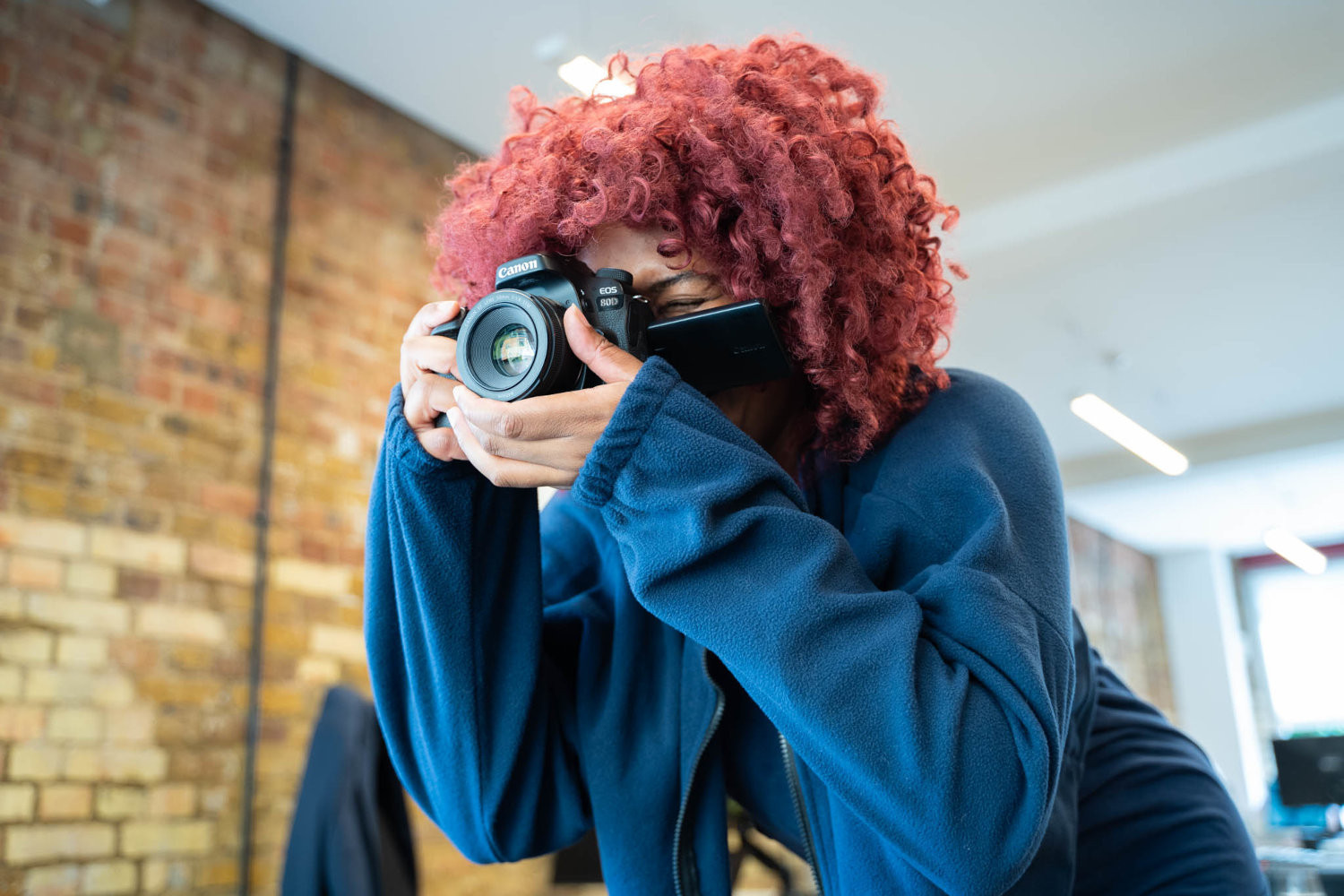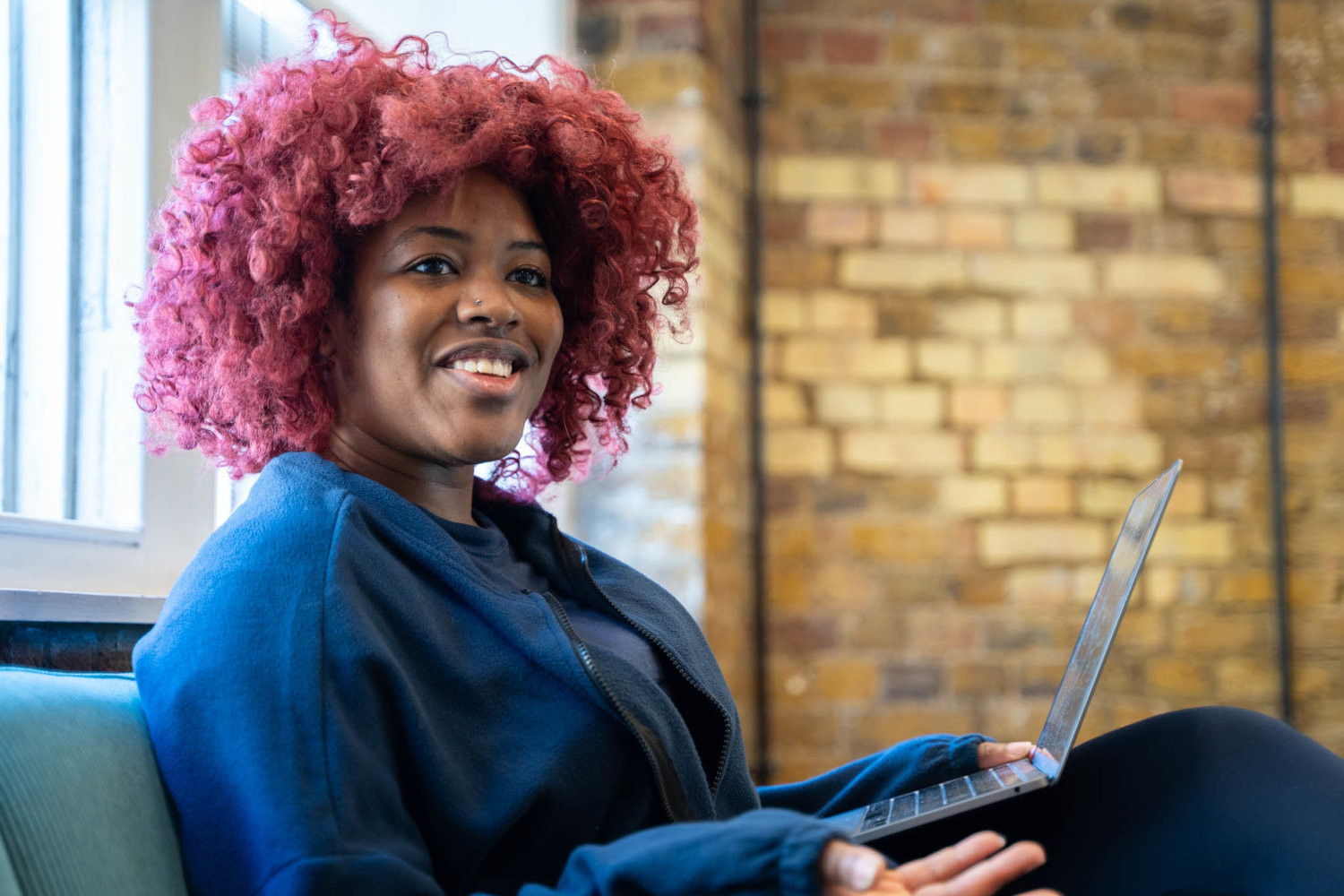Thought leadership
Finance Thought Leadership: Why multimedia is essential.
We recently spoke with Lisa Atsikidi, one of Profile's Multimedia Producers, to discuss why high quality multimedia is essential for finance executives.

[NEW INSIGHT] Personal branding for CEOs vs personal branding: what’s the real difference
Finance thought leadership is becoming an increasingly popular trend as executives do their utmost to stand out. But just how important is multimedia to a campaign?
We spoke with one of our Multimedia Producers, Lisa Atsikidi, to find out, where she touched upon her personal experience shooting and editing content for clients.
She argues multimedia is just as crucial for building a powerful profile as social media or media coverage. Those who don't leverage it massively miss out. Read on to discover why.
Multimedia is essential for our finance clients.
It allows them to condense often complicated information into more simplified visual formats to better engage with their audience and set themselves apart.
It doesn’t matter whether you work in accountancy, investment banking, personal asset management, or else, there’s so much thought leadership content shared daily that it can be incredibly tough to break through the noise.
With our finance thought leadership videos, our clients show they are genuine, they benefit from an uptick in followers, improve the engagement of their posts, and secure better quality media opportunities.
In fact, research shows that viewers retain 95% of messages shared through video compared with just 10% over text.
Positioning strategy, media coverage, and social media are vital for finance executives, but multimedia is just as important for an effective campaign.
One thing about Profile is how cohesive our team has become.
From the initial moment a finance client signs with us to the planning of their first shoot, we’re always ten steps ahead thanks to our tried and tested process, industry relationships, and communication.
Even before I pick up a camera, our client manager has already onboarded the client in detail, so they know what to expect on the day of a shoot.
Moreover, I’ll be fully briefed on the nuances of each individual.
I'll know if they are confident on camera.
I'm aware of their objectives.
I've got a good idea about how they'd like to be portrayed.
This helps me prepare their interview questions and shot list, and tailor each meeting room or location to the client's preferences.
When meeting clients for the first time, I always introduce myself with a smile and compliment their outfits. The more comfortable they are with us, the better they perform on camera.
What remains the same for every shoot, though, is our industry-standard equipment.
For our finance clients, this is of the utmost importance. They work in highly professional industries, often dealing with sensitive topics, so it's important for their credibility that they come across well on camera.
For this reason, we're always keeping up with trends to give our clients maximum value, such as high-quality lighting and better mics, since in the age of Podcasts, high-quality sound has become just as important as good visuals.
Framing, framing, framing!
We’ve found that clients prefer us to shoot videos from the perspective of whoever on the team is interviewing them. This allows for a more natural conversation, helping them to formulate their ideas better.
This direct and authentic approach is crucial since our finance clients usually share advice that their audiences can implement in their own lives, whether investing tips or insurance insights.
Essentially, our finance clients want to have the greatest influence on their audiences as possible. How we frame our shoots puts them in the best position to consistently do that.

With each edit, we want to take the client's ideas and curate them into a condensed format that is digestible for the audience.
We want their videos to have a beginning, middle, and end, starting by asking a question and ending with them giving a detailed, informative answer.
Sometimes videos will be edited with more creative flair.
For instance, if we're shooting an announcement for a large investment bank, we might splice our videos with B-roll for additional context and production value.
But mainly, we stick to our vetted process of profiling executives with our one-to-one interview-style shoots.
Edits generally take between 1-2 weeks as it goes through a detailed process.
We generally focus on editing photos first, which includes intensive colour grading and photoshopping, as we prepare to secure media coverage almost immediately when a client starts working with us.
For videos, we aim to make edits between 30-60 seconds. We always send our clients taster videos so they are happy with the structure we create, which can lead to a back-and-forth debate until we get their content exactly right.
Once approved, we edit around 10-20 videos, so their social feeds are constantly up to date. Then, we create a personalised lower third that matches their branding.
We also caption videos to ensure they are accessible for all audiences. The small details always make the biggest difference.
This process ensures both we and our finance clients get the best out of the multimedia process, especially when we’ve traveled to shoot with them overseas.
Cutting down finance thought leadership videos can be tough, as every detail is so important.
We’ve managed to ease this struggle in the production process by getting clients to repeat answers, as we find that they tend to give more concise answers the second time around.
We'll also ask clients to reframe their answers for different audiences since they can often have a tendency to get overly technical.
While it's important to show you are an expert, too many complexities can risk alienating viewers across broader platforms like LinkedIn.
Generally, though, the main challenge is the varying time frames we’re given to work with.
Many of our clients don’t have hours to spare for shoots and have important meetings to attend, so it’s always vital that we work as efficiently as we can while looking for new ways to innovate and improve.